As summer fades and the air thickens with the scent of bonfires and fallen leaves, something ancient stirs beneath the soil. Across the world, harvest season has long been a time of both gratitude and fear — a liminal stretch between life and decay, when spirits cross over and old gods demand their due.
It’s no wonder autumn horror feels so potent. These stories aren’t just made-up scares for the screen — they’re rooted in the dark folklore of the harvest itself. From European fields to Japanese rice paddies and Celtic crossroads, the season of abundance has always walked hand in hand with the supernatural.
So grab your lantern and step into the shadows. These are the myths that make the harvest haunt us.
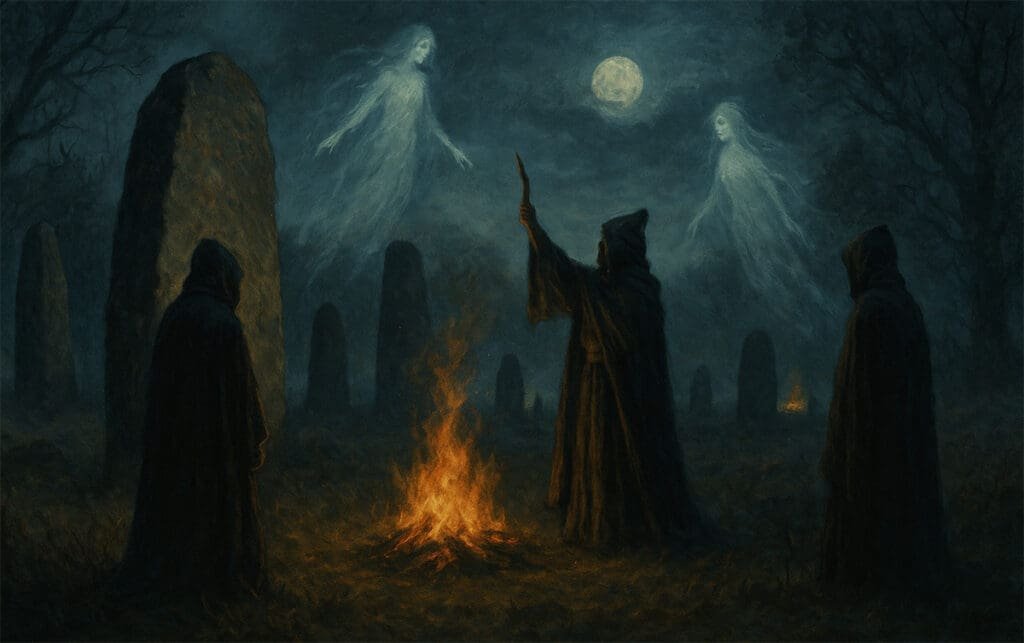
The Celtic Samhain: The Birthplace of Halloween
We start where it all began — Ireland and Scotland, where ancient Celts celebrated Samhain (pronounced Sow-in), the festival marking summer’s end and winter’s approach.
During Samhain, it was believed the veil between the living and the dead grew thin. Spirits wandered freely, faeries played tricks, and villagers lit bonfires to ward off the restless dead. Many of today’s Halloween traditions — jack-o’-lanterns, costumes, and offerings — trace directly back to these rites of protection and mischief.
Films like The Wicker Man (1973) and Midsommar (2019) echo this eerie blend of ritual, fertility, and sacrifice — proof that harvest horror still dances to the rhythm of ancient drums.
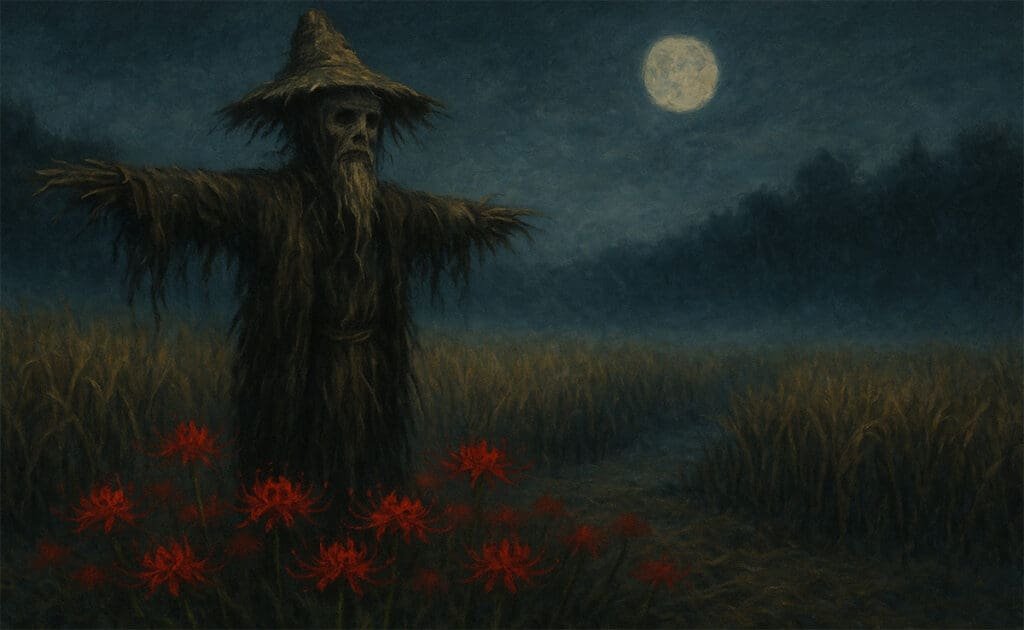
Japan’s Harvest Spirits: The Kuebiko and the Higanbana
Japan’s folklore turns the rice harvest into something deeply spiritual. The scarecrow deity Kuebiko is a figure of wisdom — a god who cannot walk but knows everything that happens in the world. Though benevolent, he embodies the stillness and watchfulness of the fields, an ever-present reminder that the land itself sees all.
Then there’s the Higanbana, the red spider lily that blooms near cemeteries during the autumn equinox. In Japanese tradition, it guides souls to the afterlife — but in horror stories, its presence often signals death. Together, these symbols make Japan’s autumn both sacred and quietly unsettling, a season when the boundary between beauty and sorrow disappears.
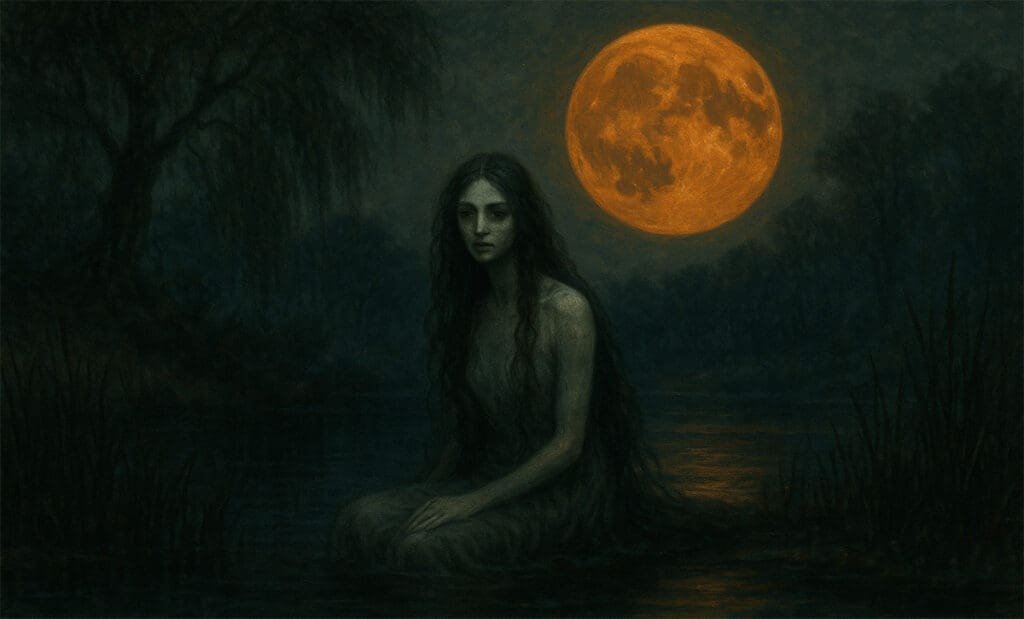
The Slavic Rusalka and the Harvest Moon
In Eastern Europe, the harvest season is haunted by Rusalki — water spirits of young women who died before their time. During spring, they were said to emerge from rivers to bless crops, but as the days shorten, their presence turns vengeful.
Under the Harvest Moon, Rusalki were believed to lure men into the water, their laughter echoing across misty fields. The mix of fertility and danger runs deep in Slavic folklore — a reminder that abundance always comes with a price. Modern films like November (2017) and The White Reindeer (1952) capture this ghostly duality perfectly.
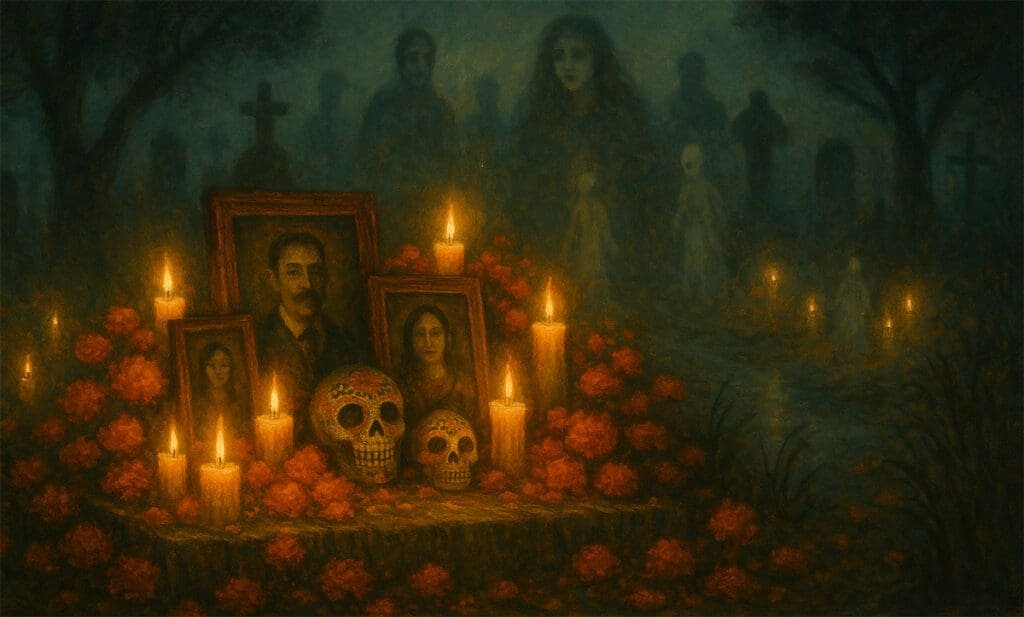
Mexico’s Day of the Dead: Celebration Meets Spirit
While most cultures fear the thinning veil, Mexico embraces it. Día de los Muertos (Day of the Dead) transforms the harvest season into a celebration of remembrance. Families build ofrendas (altars) decorated with marigolds, sugar skulls, and food offerings to welcome spirits home.
It’s not horror in the traditional sense — it’s beauty in the face of mortality. But to outsiders unaccustomed to its vivid intimacy with death, the festival’s imagery — skeletal figures, candles, and glowing pathways for the dead — can feel haunting in the most mesmerizing way.
Movies like Coco (2017) and The Book of Life (2014) capture its warmth, while Guillermo del Toro’s macabre aesthetic echoes its reverence for the dead as part of life’s eternal cycle.
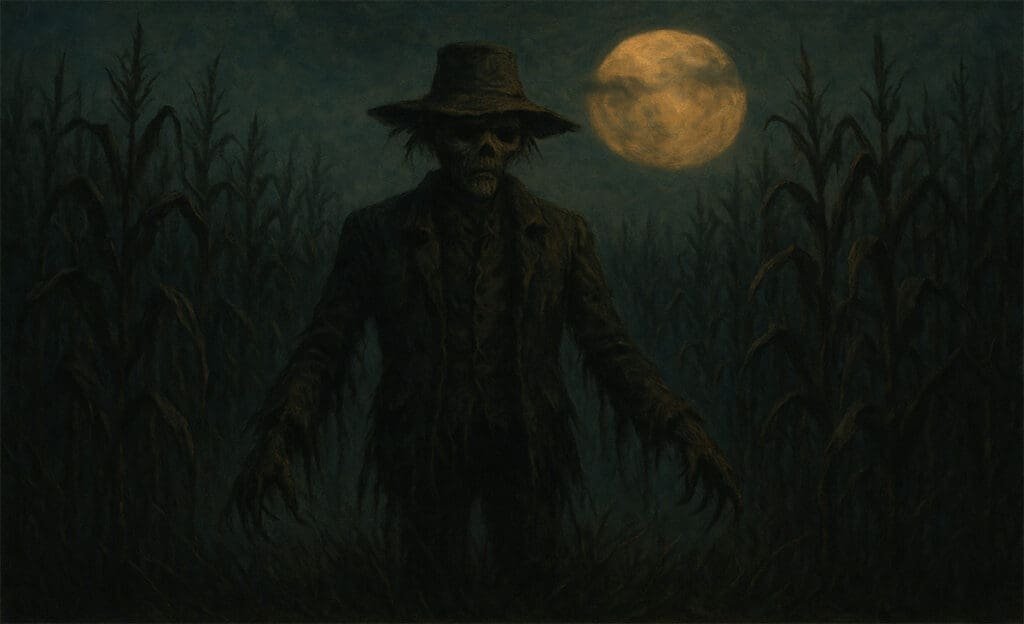
North America’s Scarecrow and the Cornfield Curse
Across North America, the imagery of harvest horror is dominated by scarecrows and dying cornfields — echoes of agrarian superstition. The scarecrow, a figure meant to protect crops, often becomes a symbol of fear: the silent watcher who might move when no one’s looking.
Films like Children of the Corn (1984) and Scarecrows (1988) play on these anxieties, turning rural America’s heartland into a stage for something dark and primal. Beneath the golden stalks, something ancient waits — a reminder that even modern fields grow from haunted soil.
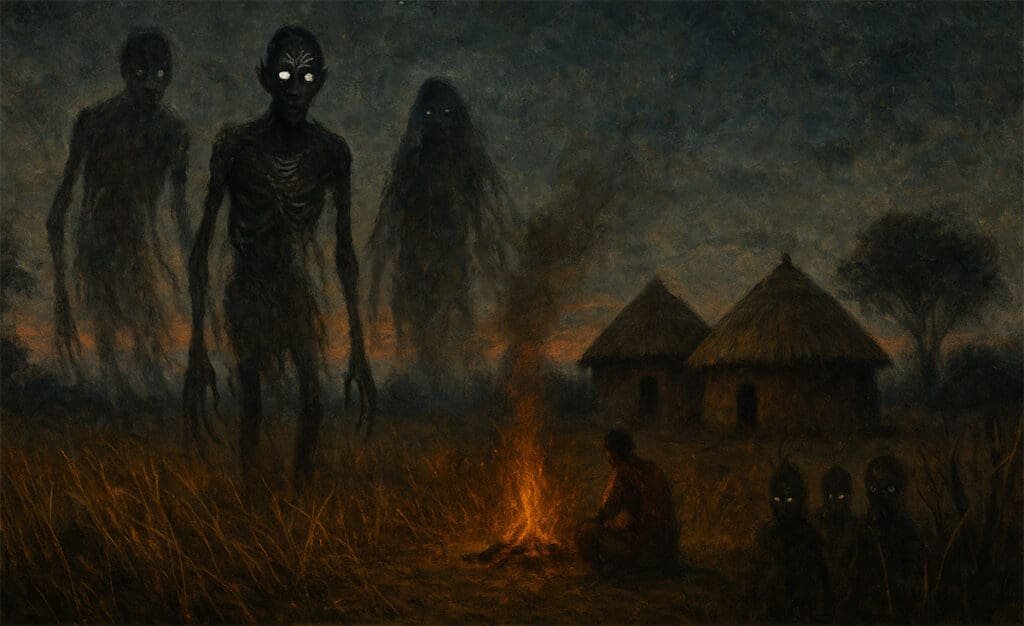
West African Harvest Myths: The Hungry Spirits of the Land
In several West African traditions, the harvest isn’t just about reaping what you sow — it’s about honoring the spirits who make the land fertile. The Abiku in Yoruba folklore are restless child spirits who die young and are reborn, creating cycles of grief and renewal that mirror the agricultural seasons.
Meanwhile, the Mmoatia, or “little forest beings” of Ghanaian legend, guard the natural world. Cross them during harvest time, and your bounty may come at a steep price. These tales reflect a deep reverence for nature — and the fear of what happens when it’s disrespected.
Why the Harvest Still Haunts Us
Every harvest is a gamble. Too much rain, too little sun, a pest that wipes out crops — life and death hang in the balance. That fragility bred the folklore we now call horror.
Whether it’s Samhain’s wandering spirits, Japan’s red lilies, or America’s cursed scarecrows, the stories that sprouted from the soil remind us that abundance comes with consequences. The harvest may feed us, but the land always takes something back.
And maybe that’s why autumn horror feels so timeless. It’s the season of gratitude and fear — a reminder that every feast has its ghosts.











